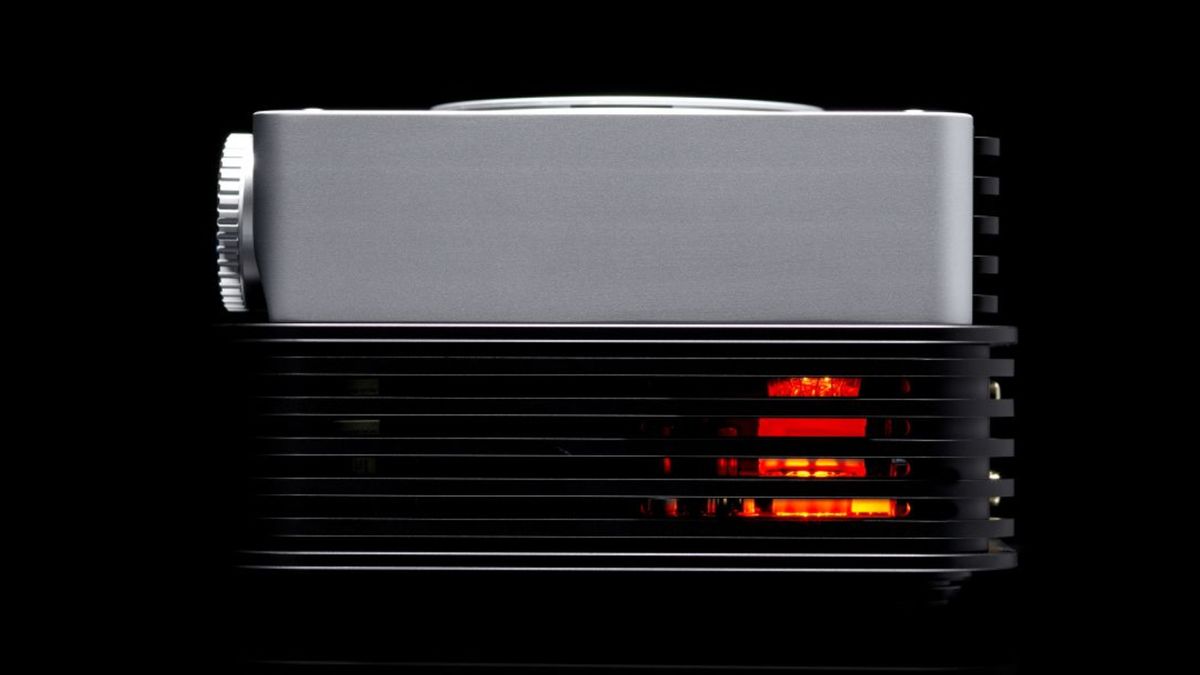Another European eVTOL startup delays launch amid certification hurdles
If you, like me, have been waiting for the day when urban sprawls begin to resemble your favourite sci-fi scene with flying taxis journeying in silent files high up amongst the skyscrapers, it seems you may have to wait a little while longer.
Bristol-based urban air mobility (UAM) startup Vertical Aerospace is the latest in a long line to announce the (second) delay of entry into service of its aircraft, the VX4. The company has told investors it is now targeting certification from the UK’s Civil Aviation Authority (CAA) by the end of 2026 – two years behind the original timeline.
Setting dates to get the first electric vertical takeoff and landing vehicle (eVTOL) certified was always bound to be something of a gamble. Most of the companies developing these zero-emission ‘air taxis’ are aerospace startups (albeit supported by established OEM partners) with little to no experience of the actual aircraft certification process required.
As acknowledged by Vertical’s CEO Stephen Fitzpatrick in a letter to investors seen by the Financial Times, “Attempting to predict a date with certainty when it is several years away is challenging and achieving it depends on agreeing compliance methods for new technology with the authorities.”
First mover problems
Straddling the axis of innovation and sustainability, eVTOL technology has the potential to revolutionise urban and regional mobility of both passengers and cargo. However, with new technologies come new regulatory requirements. This will be especially true for the fully autonomous aircraft predicted to enter the market in a decade or so.
A report by Morgan Stanley in 2019 predicted that the global eVTOL market would grow to $1.5 trillion by 2040. Two years later, the figure was downgraded to $1 trillion. However, by 2050, the company estimates the market will have reached a staggering $9 trillion.
Furthermore, the report acknowledged that the industry’s first movers had a “regulatory Mount Everest” to confront before launching their aircraft into service.
It’s not as if Vertical hasn’t been groundbreaking in the sector; the company has already been flying full-scale prototypes for the past four years. In March it received what is known as a design organisation approval (DOA) by the CAA – the first time any regulator has granted one to an eVTOL maker.
And there are many customers waiting eagerly to begin making a dent in net-zero pledges; Vertical Aerospace has a pre-order book of 1,400 aircraft. Prospective customers of the four-passenger-one-pilot VX4 include American Airlines and Virgin Atlantic, as well as Irish aircraft leasing giant Avolon.
Who will actually make it to market?
Currently, there are about 500 electric vertical takeoff and landing developers worldwide. The market is concentrated in North America (with the notable exception of Embraer in Brazil), Europe, and Asia.
The Federal Aviation Administration (FAA) in the US and the European Union Aviation Safety Agency (EASA) have taken slightly different approaches to certifying eVTOL. The FAA has adapted its existing aircraft certification framework, whereas the EU has developed draft regulations and a new eVTOL certification framework. The UK CAA announced in June last year it would use the same standards set out by EASA.
Both approaches seem to be having the same kind of impact on many manufacturer timelines. In the US, notable new developers such as Joby Aviation and Archer first proclaimed entry-into-service dates in 2024, but recently pushed them to 2025.
Brazil’s seasoned aircraft manufacturer Embraer has taken a more conservative approach, stating it will have its EVE eVTOL delivered to customers in 2026. Meanwhile, European aerospace giant Airbus has had to push back the first flight of its CityBus NextGen prototype to 2024, a year later than planned when announcing the project back in 2021.
Nonetheless, there are developers that are still bullish on their original plans. Germany’s Volocopter is adamant that it will have certified its aircraft in time for the Paris 2024 Olympics. Its compatriot Lilium (setting itself apart from other companies by developing a eVTOL jet), however, has delayed its early estimate of 2024 by a year.
Meanwhile, Lilium has commenced wind tunnel testing of a 40%-scale prototype at a joint German-Dutch facility in the Netherlands after securing a new round of funding at the beginning of May.
Most likely, as predicted by Morgan Stanley, the first movers will have the largest regulatory mountain to climb. Perhaps after the summit, the UAM revolution will begin in earnest, and we can all catch a silent, zero-emission rideshare and reminisce about the time we used to waste in noisy, polluting traffic jams.
/cdn.vox-cdn.com/uploads/chorus_asset/file/19346794/vpavic_191101_3747_0035.jpg)

